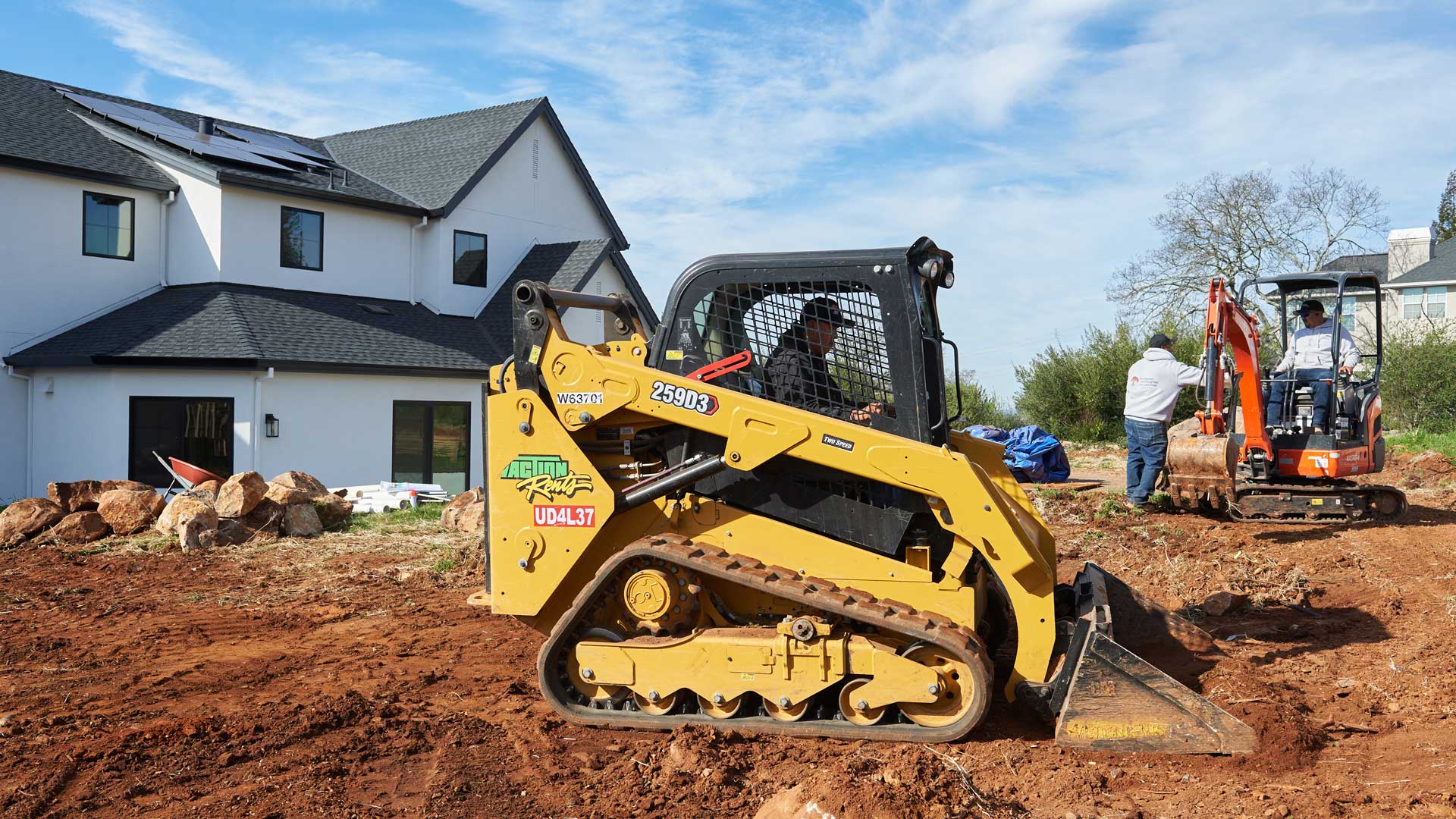Planning Your Excavating and Landscaping Services

Embarking on an excavating and landscaping project can transform your outdoor space into a beautiful and functional area. Proper planning is essential to ensure that the project runs smoothly and meets your expectations. Here’s a comprehensive guide to help you effectively plan your excavating and landscaping services.
1. Define Your Goals
Identify Your Vision
Start by clearly defining what you want to achieve with your landscaping project. Are you looking to create an outdoor living space, enhance curb appeal, or establish a garden? Having a clear vision will guide all your planning decisions.
Set Priorities
Determine your priorities and features you want to include, such as patios, walkways, planting beds, or water features. This will help you focus your efforts and resources effectively.
2. Assess Your Site
Conduct a Site Analysis
Evaluate your property to understand its unique characteristics, including topography, soil type, drainage patterns, and existing vegetation. This information is crucial for planning your excavating and landscaping work.
Identify Constraints
Note any restrictions, such as property lines, easements, or local regulations that may affect your project. Understanding these constraints will help you make informed decisions.
3. Create a Budget
Estimate Costs
Develop a realistic budget that includes all aspects of your project, from excavation and materials to labor and permits. Research costs for landscaping materials, plants, and any required equipment.
Allow for Contingencies
Set aside a portion of your budget for unexpected expenses. This will provide a safety net for any unforeseen challenges that may arise during the project.
4. Choose the Right Professionals
Research Local Contractors
Look for reputable excavating and landscaping contractors in your area. Read reviews, check references, and evaluate their portfolios to find a company that aligns with your vision.
Schedule Consultations
Meet with potential contractors to discuss your project and gather quotes. Use these meetings to assess their expertise, communication style, and willingness to work within your budget.
5. Develop a Detailed Plan
Create Design Layouts
Work with your contractor to develop detailed design layouts that incorporate your goals and site analysis. This may include drawings or 3D renderings that visualize the final outcome.
Plan for Phased Work
If your project is extensive, consider breaking it into phases. This allows for more manageable segments and can help spread costs over time.
6. Obtain Necessary Permits
Check Local Regulations
Before starting any work, check local zoning laws and regulations regarding excavation and landscaping. Depending on your project, you may need permits for grading, building structures, or installing irrigation systems.
Coordinate with Your Contractor
Your contractor should assist with obtaining any necessary permits, ensuring that all work complies with local guidelines.
7. Prepare for Excavation
Plan for Access
Consider how equipment will access your property and whether any trees or obstacles need to be removed. Ensure that there’s sufficient space for trucks and machinery to maneuver safely.
Schedule Timing
Plan the timing of your excavation and landscaping services carefully. Consider seasonal factors that may affect planting or ground conditions, and coordinate schedules with your contractor.
8. Monitor Progress
Stay Engaged
Once the project begins, stay involved and maintain open communication with your contractor. Regularly check in on the progress to ensure that everything is proceeding according to plan.
Address Issues Promptly
If any issues arise during the project, address them promptly with your contractor. Open communication will help resolve problems quickly and keep the project on track.
9. Plan for Maintenance
Establish Maintenance Guidelines
After your project is complete, discuss maintenance requirements with your contractor. Understanding how to care for your new landscape will help ensure its longevity and health.
Schedule Regular Upkeep
Consider establishing a maintenance schedule, especially for planting beds and irrigation systems. Regular upkeep will keep your outdoor space looking its best.
Conclusion
Planning your excavating and landscaping services is essential for achieving a successful outdoor project. By defining your goals, assessing your site, creating a budget, and choosing the right professionals, you can lay the groundwork for a stunning and functional landscape. With careful planning and execution, your outdoor space can become a beautiful extension of your home, providing enjoyment for years to come.







